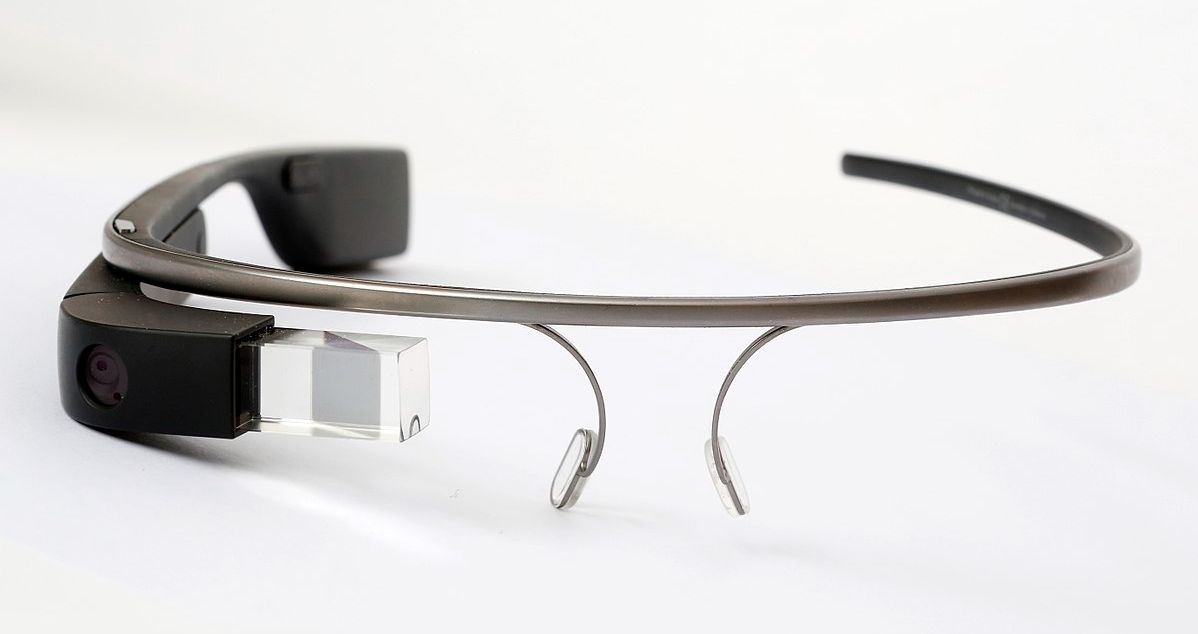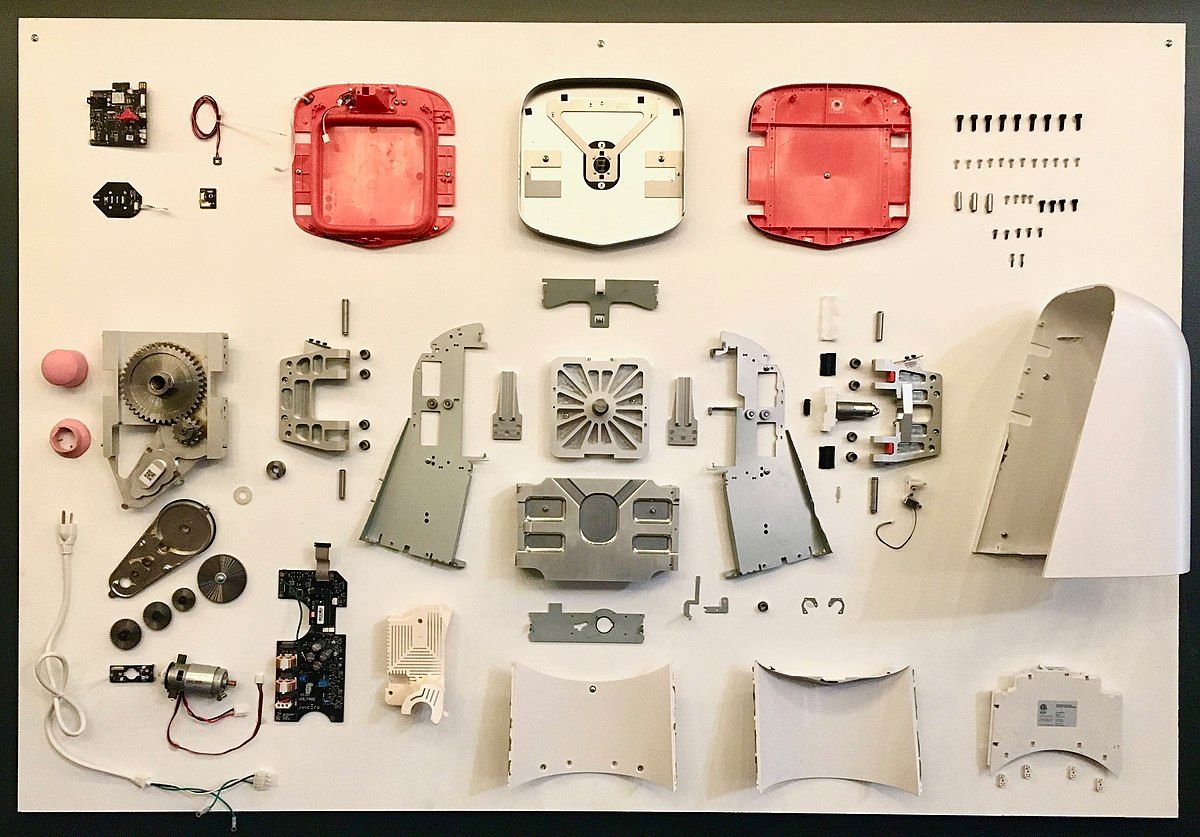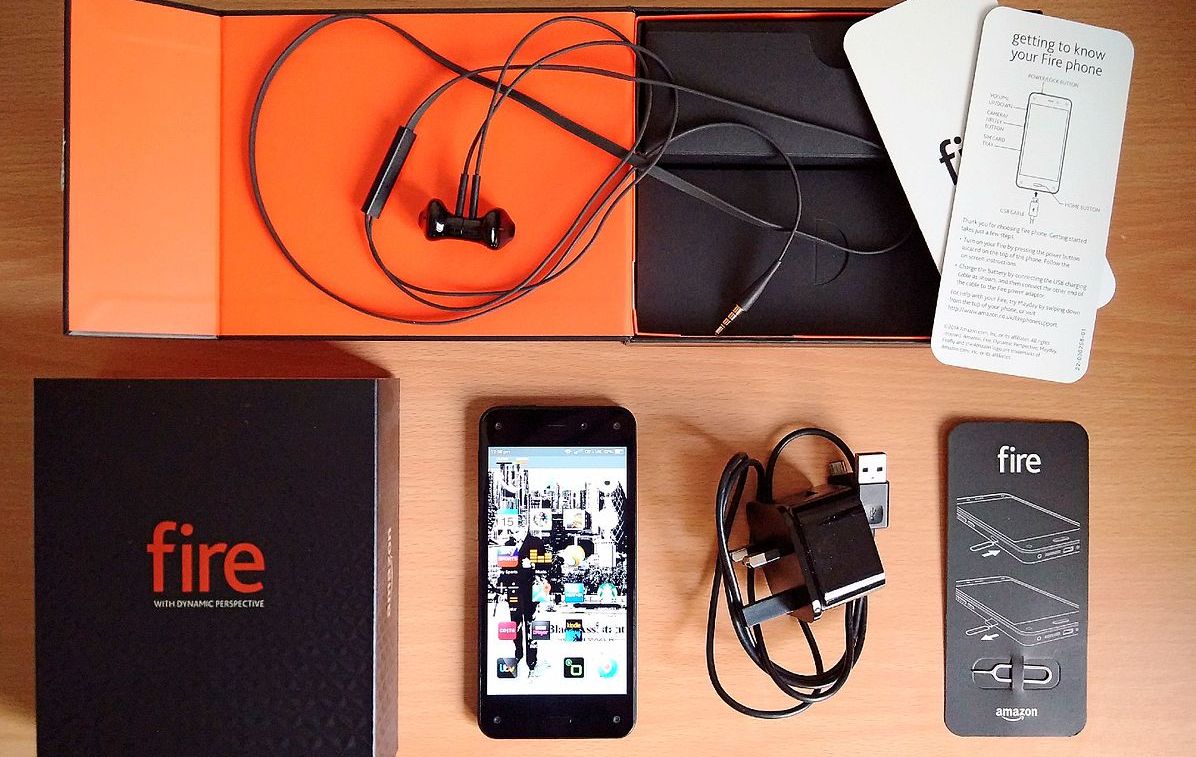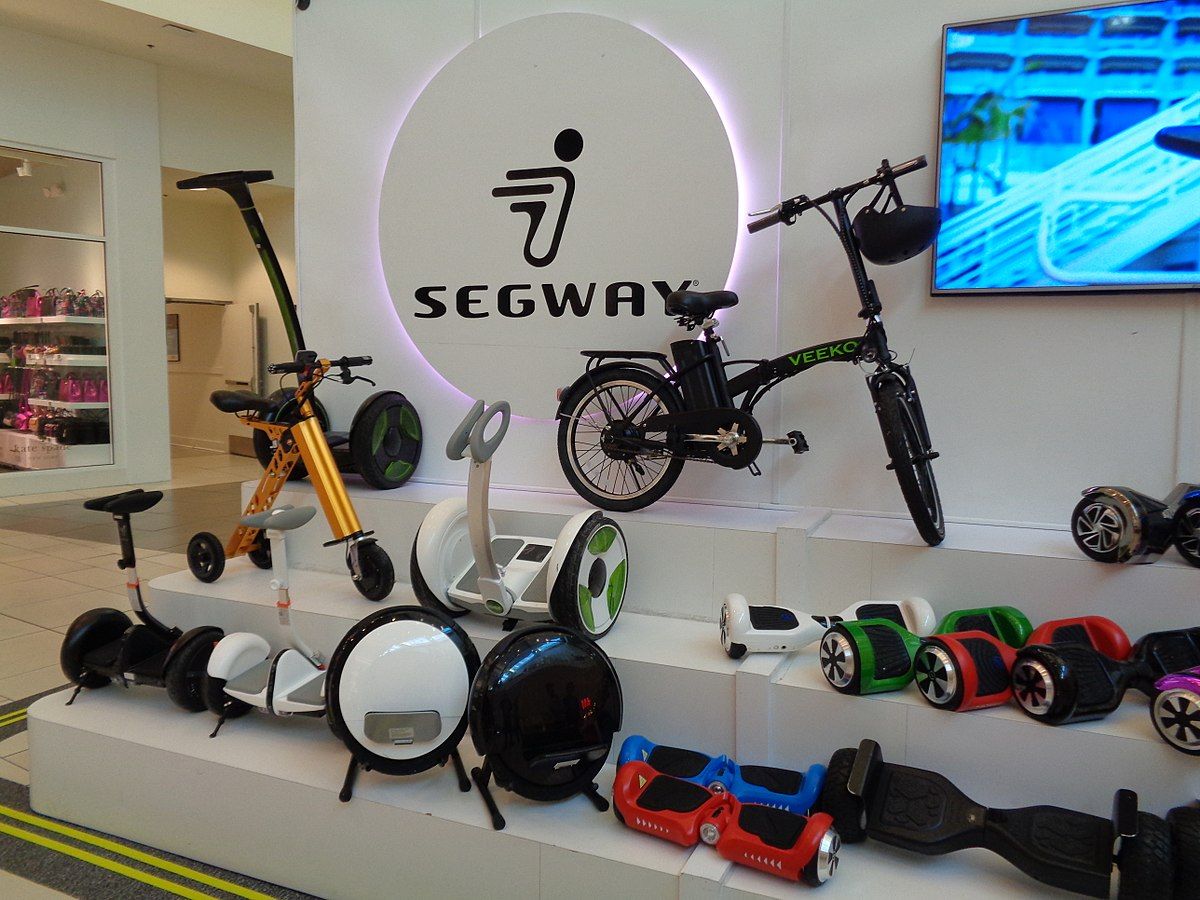With the tech industry being as huge as it is, and some entrepreneurs hitting the millionaire status in months, it's no surprise that there's new devices being released all the time.
While some of these devices have become widely successful, some others have turned out to be total flops. Be it the device's purpose, design, or even just the marketing surrounding it, some pieces of tech just don't quite make it. So, here are the 10 biggest tech failures of the 21st century.
1.Google Glass
When the Google Glass high-tech glasses were announced back in April of 2012, many were sure that it would be a game-changer.
These motion and voice-controlled, Android-powered glasses, were designed to function as a sort of hands-free smartphone, offering access to the Internet, maps, your calendar, camera, and more.
And Google certainly established Google Glass as a high-end piece of tech with its shocking price of $1,500, considerably more expensive than even the newest iPhone at the time.
There was a lot of commotion surrounding Google Glass, with mainstream media and tech enthusiasts alike talking endlessly about the upcoming release of this new kind of technology. Even the average individual was getting excited.
However, the Google Glass inventors and designers never really specified why the Google Glass would be worth the buy. There was never any clear statement on the purpose of Google Glass, and why it would be a step above the smartphone.
Because of this functional ambiguity, Google Glass sales were disappointing, and it sort of just fell off the radar.
2. The "Puls"
The Puls, backed by the musician will.i.am, is a smartwatch with its own SIM—meaning it doesn't need to be connected to a smartphone to function. Given that it was designed to act as its own smart phone, the Puls's tiny screen makes it difficult to do things that would be easy on a smart phone, such a texting.
On top of this, the Puls's main function was also pretty useless. The Puls is mainly designed to determine and track your mood simply how your voice sounds. However, this mood identification isn't a water tight system, and doesn't always work.
Many criticized the Puls's mood identification option for its uselessness. After all, who wants to be told how they're feeling when they're already aware of it? It's safe to say that this whole venture seemed a little gimmicky, and Puls ended up being a total flop. Sorry, will.i.am, but we just had to include this one.
3. The Juicero
You might have heard of the Juicero before, and probably not for the most wholesome reasons. The Juicero is basically an internet meme at this point, having been hailed as one of the dumbest inventions this decade. So, what is the Juicero?
The Juicero, unlike traditional juicers, uses pouches of pre-cut, pre-juiced fruit and vegetables, that you simply place into the Juicero for it to squeeze it out into a glass for you. And... that's it.
4. MoviePass
The MoviePass saga truly was an online roller coaster that millions watched crash and burn.
MoviePass offered one the ability to see one movie every day at theatres for a small fee month, using a MoviePass debit card at theatres for payment. That seems like an insanely good deal, right?
Well, insane might be just the right word for it. When over one million people signed up for MoviePass, and with more signing up every day, theatres started getting a little angry with this service—and conflicts began to break out.
When major theatre chain AMC wouldn't play ball with MoviePass, the company started to suffer, and its stock plummeted. Then, MoviePass started blocking viewings to certain movies at certain times, too.
By July of 2018, with a customer base that was no longer trusting—and a poor business plan—MoviePass simply ran out of money.
5. BitConnect
Ah, another internet meme. BitConnect was a form of cryptocurrency that was launched in November of 2016. Oh, and it was a Ponzi scheme.
BitConnect was by no means unsuccessful in its growth, with the value of one coin skyrocketing. However, as with all Ponzi schemes, it all came crashing down eventually.
In 2018, BitConnect's founders sold their shares all at once, drastically decreasing the value of BitConnect coins at the same time. With this, investors lost a total of $250 million.
BitConnect now stands as a prime example of why you should be cautious when investing in cryptocurrencies.
6. Quibi
We've all heard of social media platforms that just didn't make it, and Quibi is certainly one of them.
Quibi was a streaming service intended for smartphones. The app would provide both scripted and non-scripted videos for viewers, all of which were pretty short in length, with an average run time of around seven minutes.
The app, which was released in April of 2020, had a number of operational issues from the get-go, and viewership numbers were considerably lower than expected. So, just six months after its debut, Quibi was shut down.
7. The Amazon Fire Phone
Remember this one? It may be stored away somewhere in your memory from way back in 2014.
The Amazon Fire Phone was an exciting premise when it was announced back in June of 2014. People loved Amazon, so the idea of this successful retail giant bringing out a phone seemed great. However, the Fire Phone had a lot to live up to, and the pressure was on to make a truly impressive piece of technology.
But... it didn't. The phone was criticized for its futile and gimmicky features, as well as the fact that it didn't allow for the use of nearly as many apps as Android and iOS. And so, the Amazon Fire Phone soon became a thing of the past.
8. Google+
Google isn't exactly a stranger to failed start ups. In 2011, it launched Google+, a social media network.
Put simply, Google + failed because Google didn't understand the user's needs enough to make this social media network worthwhile.
Given that this was Google's fourth attempt at a social media network, it's disappointing to see it fail. Google+ was intended for users to share absolutely everything, but users didn't want that. It was also difficult for people to connect with each other via different platforms on Google+, essentially making it a non-starter.
As you'd assume, Google+ received disappointing user numbers, and it was shut down in April of 2019.
9. The Segway
You've probably seen one of these weird looking vehicles at some point. Segways are certainly well known, but not really desired.
Launched in 2001, the Segways didn't really hit the market as well as its founders would have liked. Its initial publicity was great, with millions finding its unusual appearance and novel technology very interesting.
However, when it came to actual sales, Segway fell short of expectations. Its high pricing was also a pretty big ask for a new customer base, so gaining loyal customers was difficult. Segway's failure to highlight application purposes also contributed to its failure.
Segways still exist, but have by no means taken over the world.
10. Windows 8
The Windows 8 launch was a very experimental step for Windows, and certainly didn't go down as well as the developers would have liked.
The main reason for this was its user interface. The Windows developers decided to remove its "Start" button, and also over-complicated the interface with a number of different-coloured widgets and buttons.
The overall reception was pretty negative, and Windows made sure to reintroduce many of its previous features—including the Start button—in the Windows 9 release.
Tech Flops Can Teach Us A Lot
These tech flops can actually tell us a lot about how to please customers. Unnecessary gimmicks, overly experimental modifications, and unclear functions, can all play a huge part in taking your tech venture from hero to zero. However, these failures do make for a good chuckle, and have created some hilarious online content. So, we can't be too sad—can we?









